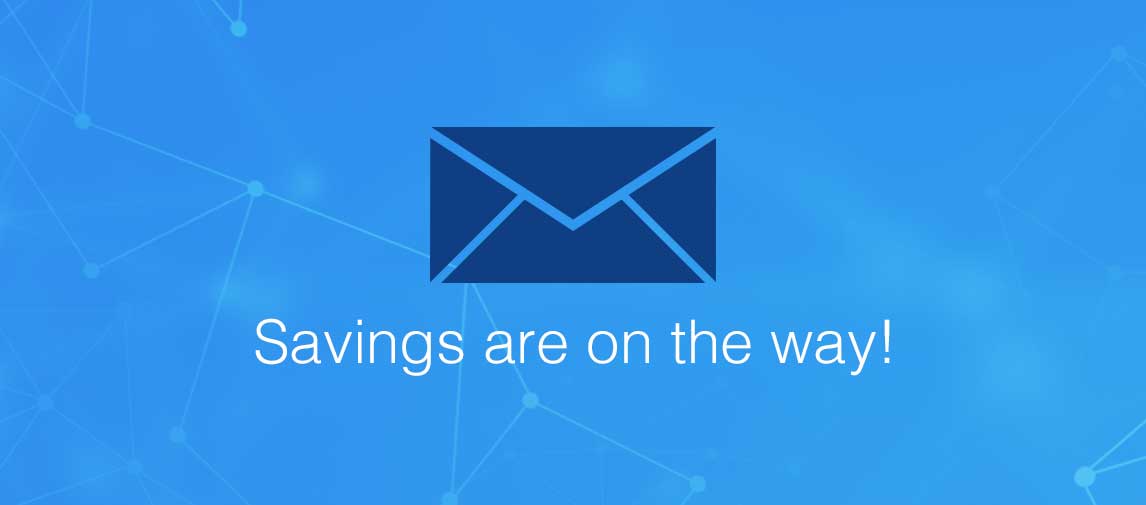title
Please take a moment to fill out this form. We will get back to you as soon as possible.
All fields marked with an asterisk (*) are mandatory.
Logging, Monitoring and Observability in Google Cloud
Course Description
Overview
This three-day instructor-led course teaches participants techniques for monitoring, troubleshooting, and improving infrastructure and application performance in Google Cloud. Guided by the principles of Site Reliability Engineering (SRE), and using a combination of presentations, demos, hands-on labs, and real-world case studies, attendees gain experience with full-stack monitoring, real-time log management and analysis, debugging code in production, tracing application performance bottlenecks, and profiling CPU and memory usage.Objectives
- Plan and implement a well-architected logging and monitoring infrastructure
- Define Service Level Indicators (SLIs) and Service Level Objectives (SLOs)
- Create effective monitoring dashboards and alerts
- Monitor, troubleshoot, and improve Google Cloud infrastructure
- Analyze and export Google Cloud audit logs
- Find production code defects, identify bottlenecks, and improve performance
- Optimize monitoring costs
Audience
- Cloud architects, administrators, and SysOps personnel
- Cloud developers and DevOps personnel
Prerequisites
-
To get the most out of this course, participants should have:
- Completion of “Google Cloud Platform Fundamentals: Core Infrastructure” or equivalent experience
- Basic scripting or coding familiarity
- Proficiency with command-line tools and Linux operating system environments
Topics
- Understand the purpose and capabilities of Google Cloud
- components: Logging, Monitoring, Error
- Reporting, and Service Monitoring
- Understand the purpose and capabilities of Google Cloud application performance management focused components: Debugger, Trace, and Profiler
- Construct a monitoring base on the four golden signals: latency, traffic, errors, and saturation
- Measure customer pain with SLIs
- Define critical performance measures
- Create and use SLOs and SLAs
- Achieve developer and operation harmony with error budgets
- Develop alerting strategies
- Define alerting policies
- Add notification channels
- Identify types of alerts and common uses for each
- Construct and alert on resource groups
- Manage alerting policies programmatically
- Choose best practice monitoring project architectures
- Differentiate Cloud IAM roles for monitoring
- Use the default dashboards appropriately
- Build custom dashboards to show resource consumption and
- Define uptime checks to track aliveness and latency
- Integrate logging and monitoring agents into Compute Engine VMs and images
- Enable and utilize Kubernetes Monitoring
- Extend and clarify Kubernetes monitoring with Prometheus
- Expose custom metrics through code, and with the help of OpenCensus
- Identify and choose among resource tagging approaches
- Define log sinks (inclusion filters) and exclusion filters
- Create metrics based on logs
- Define custom metrics
- Link application errors to Logging using Error Reporting
- Export logs to BigQuery
- Collect and analyze VPC Flow logs and Firewall Rules logs
- Enable and monitor Packet Mirroring
- Explain the capabilities of Network Intelligence Center
- Use Admin Activity audit logs to track changes to the configuration or metadata of resources
- Use Data Access audit logs to track accesses or changes to
- Use System Event audit logs to track GCP administrative actions
- Define incident management roles and communication channels
- Mitigate incident impact
- Troubleshoot root causes
- Resolve incidents
- Document incidents in a post-mortem process
- Debug production code to correct code defects
- Trace latency through layers of service interaction to eliminate performance bottlenecks
- Profile and identify resource-intensive functions in an application
- Analyze resource utilization cost for monitoring related components within Google Cloud
- Implement best practices for controlling the cost of monitoring within Google Cloud
Related Courses
-
Google Cloud Platform Fundamentals: Core Infrastructure
GCP-100- Duration: 1 Day
- Delivery Format: Classroom Training, Online Training
- Price: 595.00 USD
-
Developing Applications with Google Cloud Platform
GCP-140- Duration: 3 Days
- Delivery Format: Classroom Training, Online Training
- Price: 1,995.00 USD
Self-Paced Training Info
Learn at your own pace with anytime, anywhere training
- Same in-demand topics as instructor-led public and private classes.
- Standalone learning or supplemental reinforcement.
- e-Learning content varies by course and technology.
- View the Self-Paced version of this outline and what is included in the SPVC course.
- Learn more about e-Learning
Course Added To Shopping Cart
bla
bla
bla
bla
bla
bla
Self-Paced Training Terms & Conditions
Exam Terms & Conditions
Sorry, there are no classes that meet your criteria.
Please contact us to schedule a class.

STOP! Before You Leave
Save 0% on this course!
Take advantage of our online-only offer & save 0% on any course !
Promo Code skip0 will be applied to your registration
Purchase Information
title
Please take a moment to fill out this form. We will get back to you as soon as possible.
All fields marked with an asterisk (*) are mandatory.










